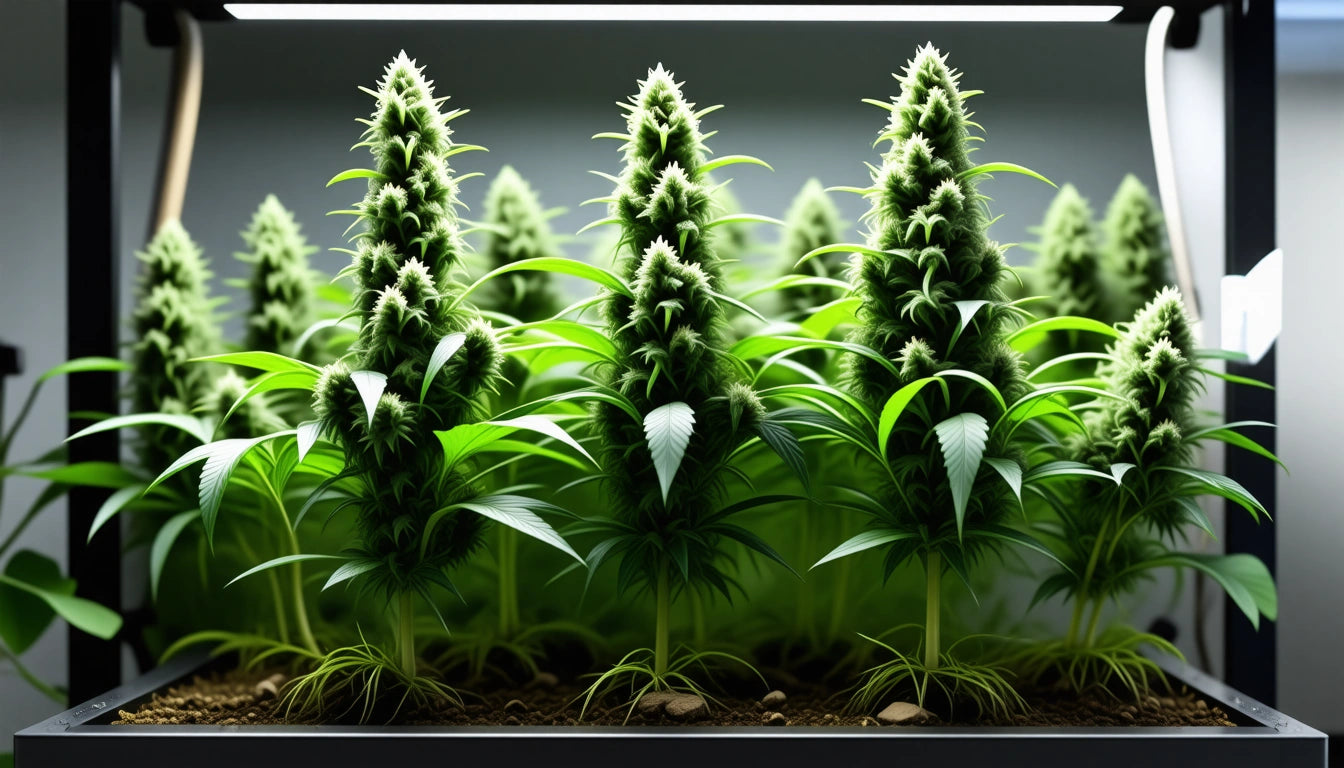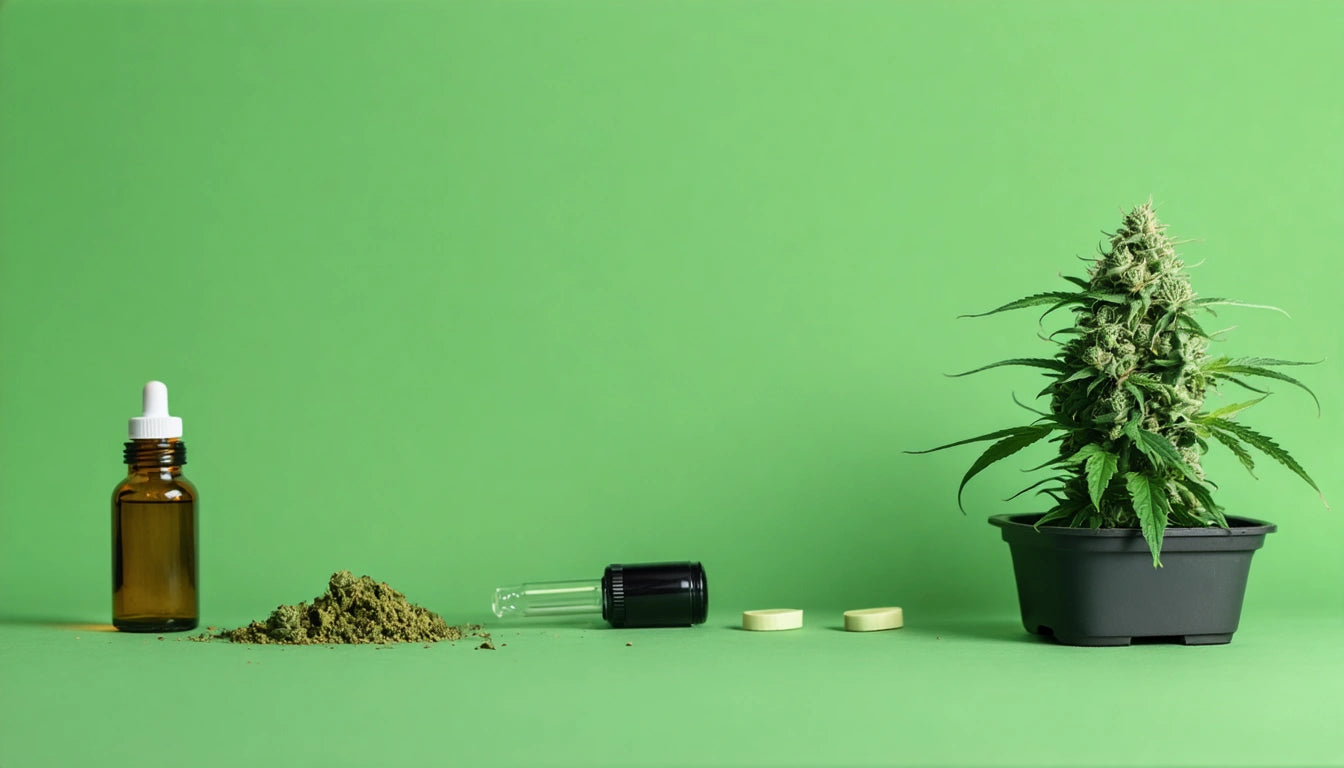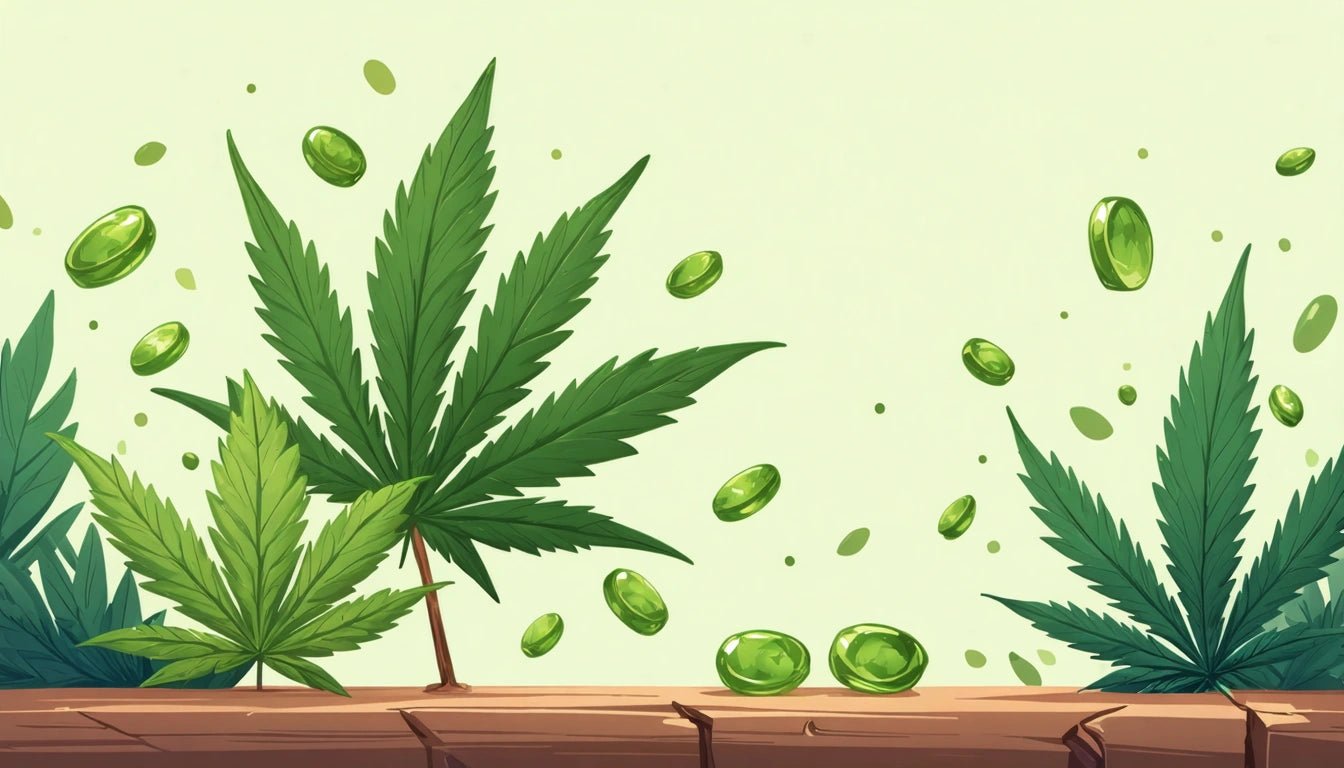Table of Contents
- Temperature Basics for Cannabis Cultivation
- Seedling Stage Temperature Requirements
- Vegetative Stage Temperature Control
- Flowering Stage Temperature Management
- Environmental Factors Affecting Temperature
- Essential Temperature Control Tools
- Troubleshooting Temperature Issues
- Advanced Temperature Techniques for Maximizing Yields
Optimal Temperature for Growing Cannabis Indoors
Temperature control is one of the most critical factors in successful indoor cannabis cultivation. Finding the best temperature to grow pot can significantly impact plant health, growth rate, terpene production, and ultimately, your harvest quality and quantity. This comprehensive guide explores the optimal temperature ranges for each growth stage and how to maintain them effectively.
Temperature Basics for Cannabis Cultivation
Cannabis plants thrive within specific temperature ranges, with different requirements throughout their lifecycle. Generally, the best temp for growing pot indoors falls between 70-85 °F (21-29 °C) during daylight hours and 65-75 °F (18-24 °C) during dark periods. However, these ranges should be adjusted based on growth stage, humidity levels, and strain genetics.
Temperature impacts several crucial plant processes including:
- Photosynthesis efficiency
- Nutrient uptake rates
- Transpiration and water usage
- Terpene and cannabinoid development
- Overall plant metabolism
According to our comprehensive temperature guide, maintaining proper temperature balance prevents stress-related issues and promotes vigorous growth throughout the cultivation cycle.
Seedling Stage Temperature Requirements
Seedlings and clones require warmer, more consistent temperatures than mature plants. During this delicate stage, aim for:
- Daytime: 72-77 °F (22-25 °C)
- Nighttime: 70-75 °F (21-24 °C)
- Soil/medium temperature: 72-77 °F (22-25 °C)
The narrower temperature range helps prevent shock while encouraging root development. Many growers use seedling heat mats to maintain consistent root zone temperatures, which is especially important when growing pot indoors in cooler environments.
Vegetative Stage Temperature Control
During the vegetative growth phase, cannabis plants can tolerate a wider temperature range while still performing optimally:
- Daytime: 70-85 °F (21-29 °C), with 75-80 °F (24-27 °C) being ideal
- Nighttime: 65-75 °F (18-24 °C)
Slightly warmer temperatures during this stage encourage faster growth and stronger stems. As noted in our temperature optimization guide, maintaining a temperature differential between day and night periods (about 5-10 °F cooler at night) mimics natural conditions and promotes healthier growth patterns.
Flowering Stage Temperature Management
The flowering stage requires more precise temperature control, particularly during the final weeks before harvest:
- Early flowering: 70-80 °F (21-27 °C)
- Late flowering: 65-75 °F (18-24 °C)
- Last 2 weeks: 60-70 °F (15-21 °C)
Cooler temperatures during late flowering help preserve terpenes and can enhance color expression in certain strains. Many experienced growers using premium cultivation supplies for their operations report that slightly cooler flowering temperatures can increase resin production, potentially improving both potency and flavor profiles in the final product.
Environmental Factors Affecting Temperature
Several environmental factors interact with temperature to impact plant health:
Humidity Relationship
Temperature and humidity work together to create the Vapor Pressure Deficit (VPD), which directly affects plant transpiration. The best temp to grow pot must be considered alongside proper humidity levels:
- Seedlings/clones: 65-70% RH
- Vegetative: 40-70% RH (decreasing as plants mature)
- Early flowering: 40-50% RH
- Late flowering: 30-40% RH
CO2 Enrichment Considerations
When using CO2 enrichment, plants can tolerate and benefit from higher temperatures:
- With CO2 supplementation: Up to 85-87 °F (29-30 °C)
- Without CO2 supplementation: 75-80 °F (24-27 °C) maximum
As detailed in our indoor growing guide, CO2 enrichment allows plants to photosynthesize more efficiently at higher temperatures, potentially increasing growth rates by 20-30%.
Essential Temperature Control Tools
Proper equipment is crucial for maintaining the best temperature for growing pot indoors:
- Digital thermometers with min/max memory
- Infrared thermometers for spot-checking surface temperatures
- Temperature controllers with day/night settings
- Oscillating fans for air circulation
- Exhaust systems sized appropriately for your grow space
- Air conditioners for larger operations
- Heaters with thermostatic control for colder environments
For precise monitoring, consider installing sensors at multiple heights within your grow space, as temperatures can vary significantly between the canopy level and lower plant sections.
Troubleshooting Temperature Issues
Recognizing temperature-related problems early can prevent crop damage:
Heat Stress Symptoms
- Upward-curling leaves (taco-ing)
- Thin, stretched growth
- Yellow or brown leaf edges
- Wilting despite adequate water
- Slowed growth
Cold Stress Symptoms
- Purple stems (if not genetic)
- Slow growth
- Curled, clawed leaves
- Increased susceptibility to root diseases
- Nutrient deficiency symptoms (due to reduced uptake)
According to our beginner's guide, temperature fluctuations can stress plants more than consistent temperatures that are slightly outside the optimal range.
Advanced Temperature Techniques for Maximizing Yields
Experienced growers often implement strategic temperature adjustments to enhance specific plant characteristics:
- Temperature drops of 10-15 °F during the dark period in late flowering can trigger anthocyanin production, enhancing purple coloration in genetically predisposed strains
- Maintaining slightly cooler temperatures during the final 2 weeks can increase trichome density and preserve volatile terpenes
- Using temperature differentials to control plant height and internodal spacing
When considering how long it takes to grow pot, remember that temperature management directly impacts growth rates and can extend or shorten your cultivation timeline.
The container you choose for growing also affects temperature stability. Selecting the right pots with proper insulation properties can help maintain more consistent root zone temperatures.
By maintaining the best temperature to grow pot at each stage of development, you'll create the foundation for healthy plants, robust terpene profiles, and maximized yields. Remember that each strain may have slightly different temperature preferences, so always observe your plants closely and adjust accordingly.











Leave a comment
All comments are moderated before being published.
This site is protected by hCaptcha and the hCaptcha Privacy Policy and Terms of Service apply.